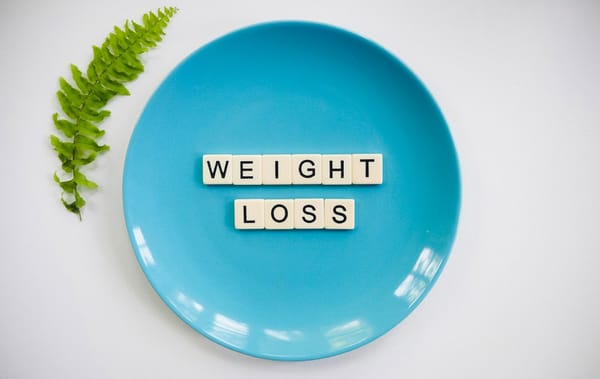TDEE and Fasting: Can You Safely Reduce Your Caloric Intake for Health Benefits?

Although it has been shown that depreciation can result due to many health benefits of intermittent fasting, including weight loss, better metabolism, improved longevity, none other than a proper understanding of how intermittent fasting works with one's TDEE will ensure that one is indeed leading a healthy life while cutting back on calorie intake. This article will discuss how intermittent fasting affects TDEE, the benefits it offers, some of its drawbacks, and strategies to achieve fasting without sacrificing metabolism.
Understanding TDEE and Its Role in Fasting
TDEE stands for Total Daily Energy Expenditure; thus, in a single day, it refers to the total amount of calories expended. There are several factors that can affect TDEE, including:
- BMR (Basal Metabolic Rate): the energy for basic functions in the body, like breathing and circulation.
- TEF (Thermic Effect of Food): Calories consumed breaking down and absorbing nutrients from food.
- PAL (Physical Activity Level): the calories that are obviously burnt due to exercise and movement.
- NEAT (Non-Exercise Activity Thermogenesis): the energy expenditure from activities of daily living like walking and fidgeting.
Different aspects of fasting will tend to have varying effects on TDEE components. Fasting may, therefore, be either supportive or detrimental to your metabolic health, based on your approach.
How Fasting Influences TDEE
1. Short Term Intermittent Fasting and Energy Expenditure
In short-term fasting (intermittent or alternate-day), there will be no large consumption drops in TDEE. Some reports have even indicated that fasting for 12 to 24 hours slightly increases metabolism because of the rise in norepinephrine, which by doing so helps in fat cell breakdown.
2. Extended Fasting and Metabolic Adaptation
This is energy conservation, thereby meaning a drop in TDEE when one goes without food for a couple of days on end. It's part of a survival mechanism that works in a metabolic slow down rate: the reason to avoid very long periods of very low caloric deficits.
3. Impact on Physical Activity and NEAT
Fasting will also mean lower levels of spontaneous actions and general energy; in addition, the same could be said for an overall decrease in NEAT, despite the fact that exercise can be performed, because some will feel that endurance and strength will also be lower—reducing total calorie burn.
Health Benefits of Fasting in Relation to TDEE
1. Fat Loss Without Muscle Breakdown
One mainlining between fasting and eating while having a good amount of daily protein might create an opportunity for preservation of muscle mass while at the same time experiencing great fat loss.
2. Improved Insulin Sensitivity
This way, the body decreases its insulin levels and advances improved control of blood sugar while increasing the utilization of fat stored as an energy source more efficiently.
3. Enhanced Autophagy and Cell Repair
Autophagy is a kind of cellular digestion where cells remove damaged ones and replace themselves with new ones—a process triggered by prolonged fasting.
Potential Dangers from Excessive Caloric Restriction Due to Fasting
1. Large Reduction in TDEE
A low metabolism due to fasting for a long time or extremely restricting calories may become a cause of big issues while trying to lose weight in the end.
2. Muscle Loss
Muscle breakdown may also happen; hence, further depressing TDEE, in case one undergoes very long fasting and fails to take protein in sufficient quantities.
3. Hormonal Disbalances
For some people, fasting may also lead to a hormonal disbalance with leptin and ghrelin and so lead to a higher hunger sensation, making it hard to keep a fixed body weight.
How to Fast Safely Without Lowering TDEE
1. Choose the Right Fasting Protocol
Lesser durations protocols like 16:8 and alternate-day fasting are preferable over extended multi-day fasting.
2. Maintain Protein Intake
A good protein intake is once again needed during the eating windows, as always, during muscle-sparing events.
3. Engage in Strength Training
This way, it'll help maintain as much lean muscle as possible and hence stabilize TDEE.
4. Avoid Extreme Caloric Deficits
This maximally allows the total weekly caloric intake not to get very low, whereupon a metabolic slowdown is induced.
Conclusion
Fasting is a very strong tool to use in your health regimen; however, it is important to tailor it according to your TDEE to avoid adverse effects on metabolism. It helps promote faster fat loss, improves cell repair, and rises insulin sensitivity, all in the delivery of much lower caloric intakes than what can probably be eaten. The trick is getting the balance right between fasting, nutrition, and physical activity.



